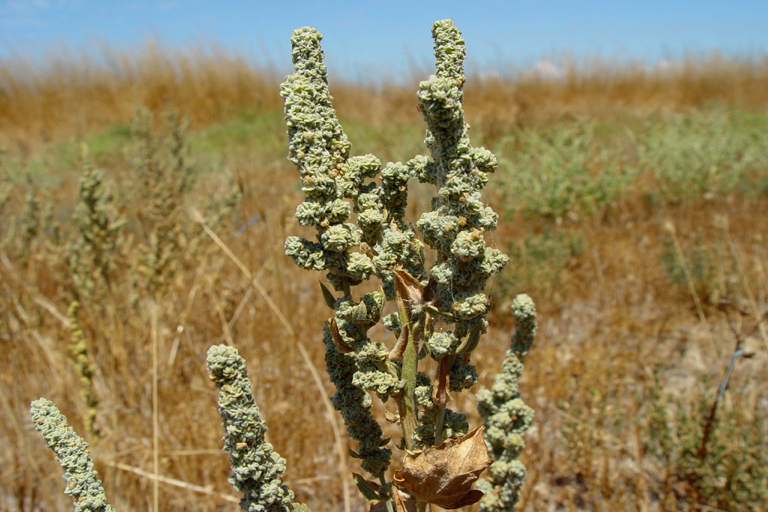This post has been a long time coming (and it's heavy on words today, sorry). I officially have a topic for my master's research! It's been a frustrating process because I did this graduate school thing kind of backwards. What usually happens is a person talks to professors at various schools whose interests match their own, and she finds a project she can join where they have the space and money to support her.
Then she applies to the school and that professor vouches for her and proves that he has the resources to pay her tuition etc etc. I, on the other hand, just applied to schools like it was a regular college, not knowing any better. It does make me proud that I got in without anyone vouching for me, but still, it leaves me kind of lost when it comes to support and research
opportunities. I've had to figure this all out on my own, and sometimes it feels like I'm just
floundering around and
drowning, grasping at tree limbs and whatnot as I sink.
But now I have a project! This is big. I'm just
realizing how exciting this project is too, because I was so focused on the fact that I actually had one to care much about what it was. So without further ado, here is the tentative title of my project:
Germination of rare and endangered plants in the alkali grassland ecosystem.Tada! So, some explanation is required.
The alkali grassland is an ecosystem that is characterized by highly alkaline and saline soils. It has seasonal wetland pools that inundate plants in the winter wet season, then dry up and experience drought in the summer dry season (this is like the
vernal pools I wrote about a while ago). Plants have to be pretty tough to grow in the wetland areas of the grassland, and they need to have adaptations that allow them to live there. This means that there are a lot of endemic plants there, plants that only grow in those ecosystems and nowhere else.
My project will examine the germination of three rare plants in this ecosystem. Basically, what triggers they need to sprout from seeds, and how I can manipulate conditions to get the best germination rates from the small amount of seed available. There's practically no research on the germination requirements of any of the plants I'm studying, so my research will surely get published. This is a big deal. I'm only a master's student, but I will be the principal author in a paper that will most likely be published in an actual journal. Holy crap.
The other reason that I'm excited about the project is that the plants I will be studying are really quite cool. The one I will be focusing on the most is called
Cordylanthus palmatus, and it's a
hemi-parasite (it doesn't depend on its host for support, but it
parasitizes in order to increase its fitness). It also has little salt glands that take up salt and extrude it onto the surface of its leaves, giving it a crystallized appearance.

Better photos can be found on the
CalPhotos website, but I don't feel like asking permission to use the photos, so if you're interested, you can go see them using the link above.
Another plant I will be studying is
Astragalus tener var.
tener. It's a cute little pea. More pictures
here.
 photo from the Great Valley grasslands State Park, via the CNPS website
photo from the Great Valley grasslands State Park, via the CNPS websiteAnd finally, if I can find this one in my site, I will be studying
Atriplex joaquiniana, an incredibly rare salt-bush. This photo is also from
CalPhotos, but it has different copyright rules.
 copyright 2003 George W. Hartwell
copyright 2003 George W. Hartwell
























































